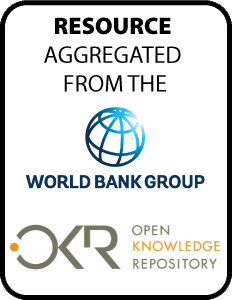The Nigeria Fadama National Development Series
Over the last 20 years, poor rural
farmers in Nigeria have seen the benefits of community
organization as a tool for local economic development under
the National Fadama Development Project series. They have
witnessed improvements in rural areas that have embraced a
more inclusive and participatory model of local economic
decision making. Many communities have come together under
the umbrella of new institutional arrangements for

